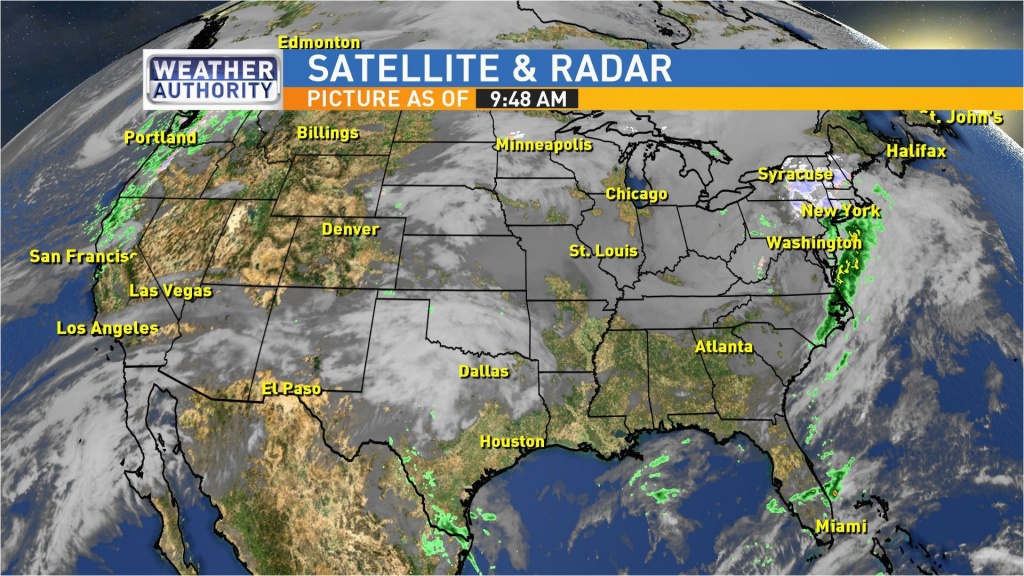
This reanalysis combines a variety of wide-area measurements in a state-of-the-art global meteorological model to reconstruct the hourly history of weather throughout the world on a 50-kilometer grid. Please note that each source's contribution is adjusted for elevation and the relative change present in the MERRA-2 data.Īll data relating to the Sun's position (e.g., sunrise and sunset) are computed using astronomical formulas from the book, Astronomical Algorithms 2nd Edition, by Jean Meeus.Īll other weather data, including cloud cover, precipitation, wind speed and direction, and solar flux, come from NASA's MERRA-2 Modern-Era Retrospective Analysis. To get a sense of how much these sources agree with each other, you can view a comparison of Paris and the stations that contribute to our estimates of its temperature history and climate. KPRX, 93% 6 mi, -52 ft KDUA, 4% 52 mi, 98 ft KAQR, 3% 61 mi, -10 ft © OpenStreetMap contributors

The stations contributing to this reconstruction are: The estimated value at Paris is computed as the weighted average of the individual contributions from each station, with weights proportional to the inverse of the distance between Paris and a given station. There are 3 weather stations near enough to contribute to our estimation of the temperature and dew point in Paris.įor each station, the records are corrected for the elevation difference between that station and Paris according to the International Standard Atmosphere, and by the relative change present in the MERRA-2 satellite-era reanalysis between the two locations. Since hail can cause the rainfall estimates to be higher than what is actually occurring, steps are taken to prevent these high dBZ values from being converted to rainfall.This report illustrates the typical weather in Paris, based on a statistical analysis of historical hourly weather reports and model reconstructions from Januto December 31, 2016. Hail is a good reflector of energy and will return very high dBZ values. These values are estimates of the rainfall per hour, updated each volume scan, with rainfall accumulated over time. Depending on the type of weather occurring and the area of the U.S., forecasters use a set of rainrates which are associated to the dBZ values. The higher the dBZ, the stronger the rainrate.

Typically, light rain is occurring when the dBZ value reaches 20. The scale of dBZ values is also related to the intensity of rainfall.

The value of the dBZ depends upon the mode the radar is in at the time the image was created. Notice the color on each scale remains the same in both operational modes, only the values change. The other scale (near left) represents dBZ values when the radar is in precipitation mode (dBZ values from 5 to 75). One scale (far left) represents dBZ values when the radar is in clear air mode (dBZ values from -28 to +28). Each reflectivity image you see includes one of two color scales. The dBZ values increase as the strength of the signal returned to the radar increases. So, a more convenient number for calculations and comparison, a decibel (or logarithmic) scale (dBZ), is used. Reflectivity (designated by the letter Z) covers a wide range of signals (from very weak to very strong).

"Reflectivity" is the amount of transmitted power returned to the radar receiver. The colors are the different echo intensities (reflectivity) measured in dBZ (decibels of Z) during each elevation scan.


 0 kommentar(er)
0 kommentar(er)
